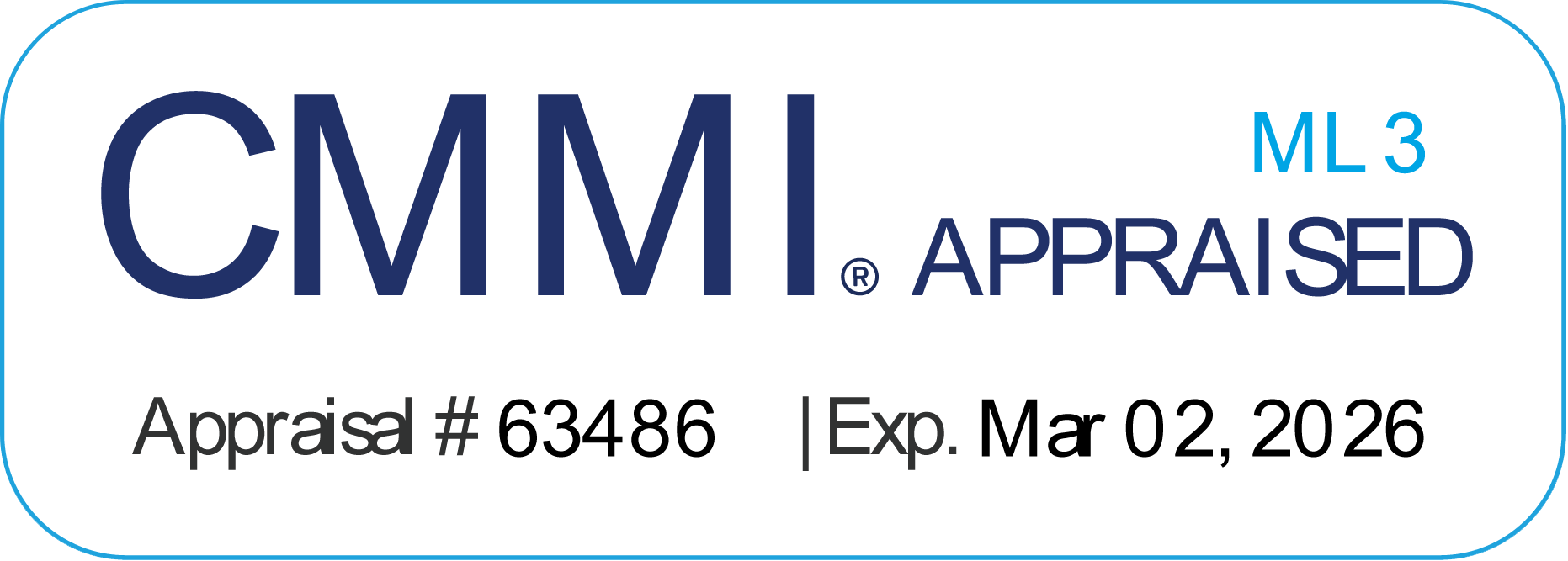|
"This article, by SES Chief Operating Officer Seth Hirsch, originally appeared in the online publication HIT Consultant." Just a few weeks ago, the mood among technologists in the Coronavirus pandemic remained cautiously optimistic about reopening society with the help of testing data, contact tracing apps, and other IT-enabled resources. But the recent spike in illness – 1.9 million new US cases in July, more than double any other month – is a sobering reboot on a crisis we now understand needs far more IT and data coordination than previously recognized. The emerging consensus among epidemiologists is that testing and contact tracing alone are no longer sufficient to contain the virus at its current rate of transmission. Instead, many are calling for more coordination and resources to collect and manage disease data on both a national and international level. Let’s take a closer look at the ways IT providers can best support these enhanced requirements – and how success involves nudging Health IT architectures and processes to be more strategic, coordinated, and standardized with data they use in the fight against COVID-19. A “National Weather Service” Model for Data-Driven Disease Surveillance The troubling spike in COVID-19 cases is proof we need more testing, but the challenge has gone far beyond just that. Many contact tracing efforts deployed in conjunction with testing have stumbled; and even though new contact tracing apps continue to hit the market, some experts now view even the best of such efforts as “moot” given the current volume, velocity, and severity of the spread. It’s clear we need a higher level of coordination – something Johns Hopkins University epidemiologist Caitlin Rivers likened in a recent Foreign Affairs article to “the contagion equivalent of the National Weather Service” – to get, and then manage, large sets of public health data streaming into agency servers. It’s an apt analogy, given how each use case involves information that is changeable and geographically disperses; consists of vast amounts of structured and unstructured data; and involves life or death consequences when data is poorly managed. It’s also clear that, while some authoritarian countries can mandate the gathering of personal health information in disease surveillance, any globally-relevant IT strategy will need to rely on buy-in from the public, and do so on an international scale to match the scope of the pandemic. “The winning approaches in technology are going to be the ones that realize the underlying challenge is a cultural one – with your solution designed around the realities of a stressed out, fearful population whose buy-in you’re going to need,” said George Mason University global health expert Gary L. Kreps, Ph.D., FAAHB, in an interview for this article. Dr. Kreps, who also served as founding chief of the National Cancer Institute’s Health Communication and Informatics Research Branch from 1999 to 2004, currently runs an international research consortium that provides 15 different countries with culturally adapted versions NCI’s Health Information National Trends Survey (HINTS). “Especially in a global crisis like this, you need to position health information within an atmosphere of trust and transparency,” he told me. “Show what’s successful, help governments and populations around the world to understand what goes into that success, and then encourage them to model and apply that success in ways that make sense locally to them.” The good news is that, especially when rendered as part of a scientifically sound and culturally sensitive strategy, the right health IT practices and systems can effectively support the new levels of coordination and efficiency we are going to need for advanced COVID-19 disease modeling. Faster, Better, Data-Driven Disease Surveillance As I mentioned, our most immediate and outsized priority is better collection, standardization, and reporting of data. Unfortunately, research led by former CDC Director Thomas Frieden found that states are reporting only 40-percent of the data needed to fight the pandemic in the first place. Further, once data is collected, statisticians claim gaps in data infrastructure present hurdles to its full analysis. Such shortcomings must be addressed to improve standardization and alignment of both the gathering and analysis of data. This will require not just better data standardization, but also improved governance and quality assurance as data courses throughout the entire system or product lifecycle. I’ve often mentioned the ANSI-accredited Fast Healthcare Interoperability Resources (FHIR) framework as a step in the right direction. Process improvement and better IT records management will also help. And we should abide throughout to ensure reproducible research so processes can be repeatable and scalable – especially when large data sets are involved. These improvements in how we collect and manage data will lay a more solid foundation for both basic analysis and more advanced AI and ML applications that power real-time mapping of cases, mobile app interventions, estimates of unreported infections, and other advanced processes. Such capabilities energize people like Robert Jennings, Executive Director of the CDC-affiliated National Public Health Information Coalition. “The more complete and coordinated we can be in the gathering of public health information,” he said in a separate interview for this article, “the clearer the picture we’ll have of the crisis and how to fight it!” A Shared Mission on Data Integrity Against the backdrop of inadequate national and international coordination I mentioned earlier, the takeaway is clear: It’s up to each of us as technology providers to model leading practices on data integrity and harmonization wherever we see an opportunity – to pilot approaches and socialize the success stories. As just one example, you may pilot ways to align various standards and protocols you encounter with a master data management approach that’s enhanced and tailored for COVID-19 analysis. Chief among your goals should be to establish a clear understanding of the core data entities and any relevant context: Is it imaging or genomics data? Is it information about a diagnostic or an antibody test? Was the personal health data collected legally/ethically, and therefore is usable? Grasping these differences will help align our management of data as we navigate the collective, global IT cause against COVID-19 and all future public health threats. The more we as technology providers support this alignment toward our shared mission, the more effective our efforts will be to support the response and save lives.
3 Comments
5/25/2024 12:26:47 am
Interesting thoughts, I really enjoyed your blog
Reply
Leave a Reply. |
�
Archives
October 2020
Categories |
8229 Boone Boulevard - Suite 885 - Vienna, VA 22182
© Systems Engineering Solutions Corporation 2003 - 2022
© Systems Engineering Solutions Corporation 2003 - 2022

 RSS Feed
RSS Feed



